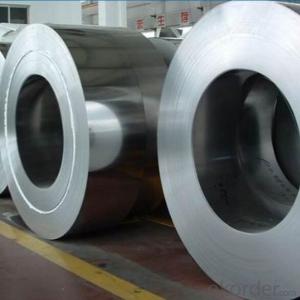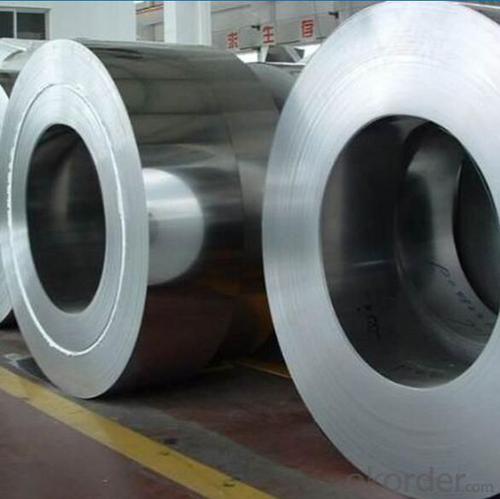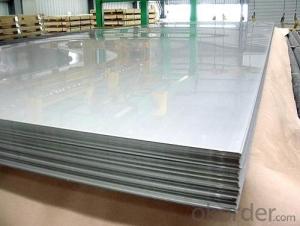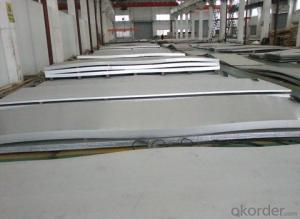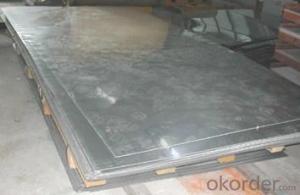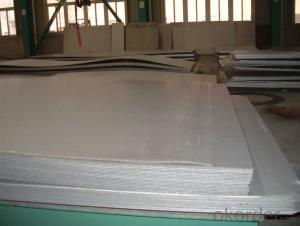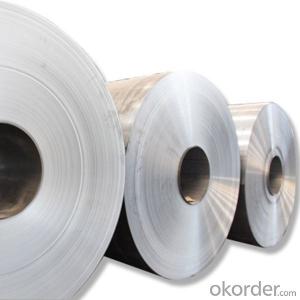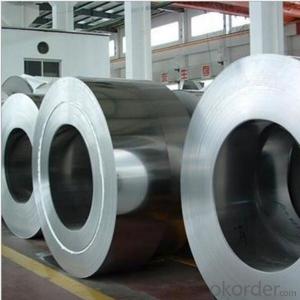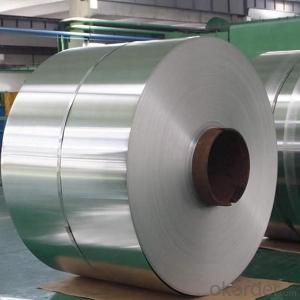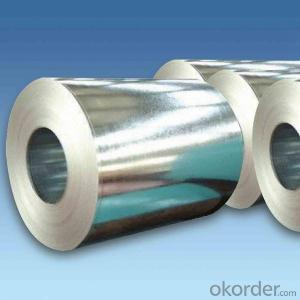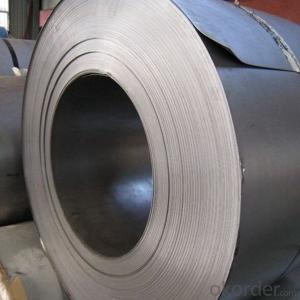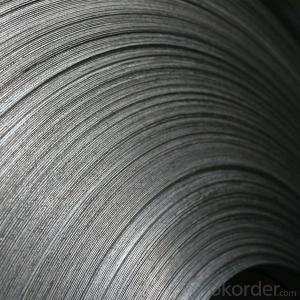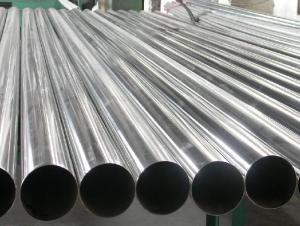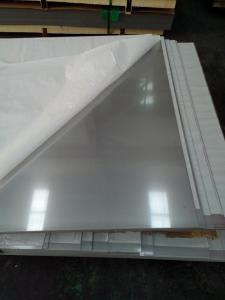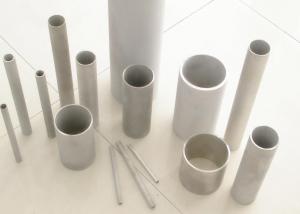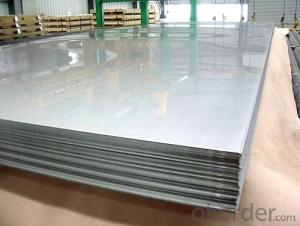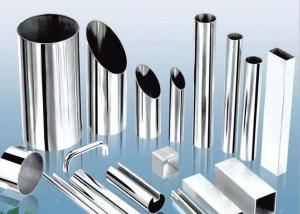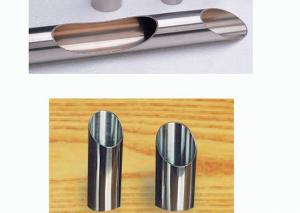Hot Rolled Stainless Steel Coils 304,Stainless Steel Coils 304L from China
- Loading Port:
- China main port
- Payment Terms:
- TT OR LC
- Min Order Qty:
- 18 m.t.
- Supply Capability:
- 1000000 m.t./month
OKorder Service Pledge
OKorder Financial Service
You Might Also Like
Specification
Cheap Price Hot Rolled Stainless Steel Coils 304,Stainless Steel Coils
304L from China
Products Description
Product | stainless steel coils/plates/sheets | ||
Discharge Port | Any Port, China | ||
Size | Coils | Cold Rolled: | Thickness0.3-8mm,Width:280-2100mm |
Hot Rolled : | Thickness3-14mm,Width:650-2100mm | ||
Plates | Thickness2-80mm,Width:1500-3000mm | ||
Coil Weight | About 20 Tons | ||
Grade | 201,202,304/304L/304H,316/316L/316H,321/H,310S,409/L,430 etc. | ||
Technique | Hot Rolled/Cold Rolled | ||
Finish | 2B, BA, 2D, No1, No2, No4,NO.8,SB etc | ||
Edge | Mill Edge / Slitting Edge | ||
Package | In bundles, or as customer's requirement | ||
Place of Origin | Made in China | ||
MOQ | 20 Tons | ||
Payment Terms | 100% LC at sight,or 30%TT in advance, balance against B/L copy | ||
Delivery Time | With 30-40 days after deposit | ||
Payment&Delivery
Payment Terms | 100% LC at sight,or 30%TT in advance, balance against B/L copy |
Delivery Time | With 30-40 days after deposit |
Price Terms | Ex-Work, FOB, CNF, CFR, CIF,etc |
Detail picture of Products:
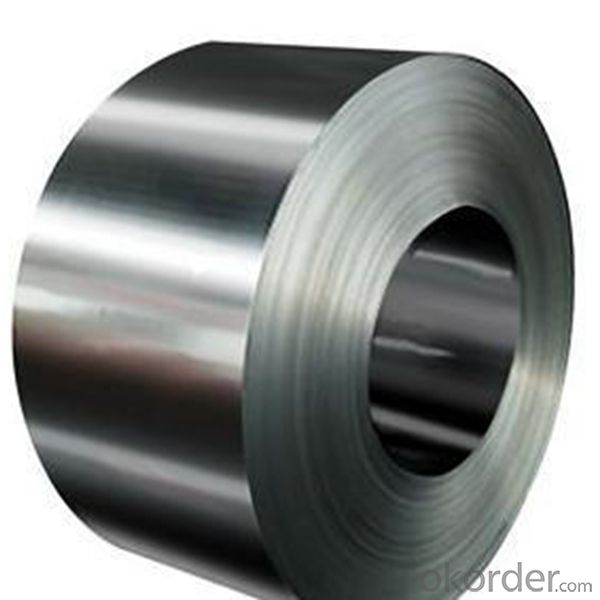
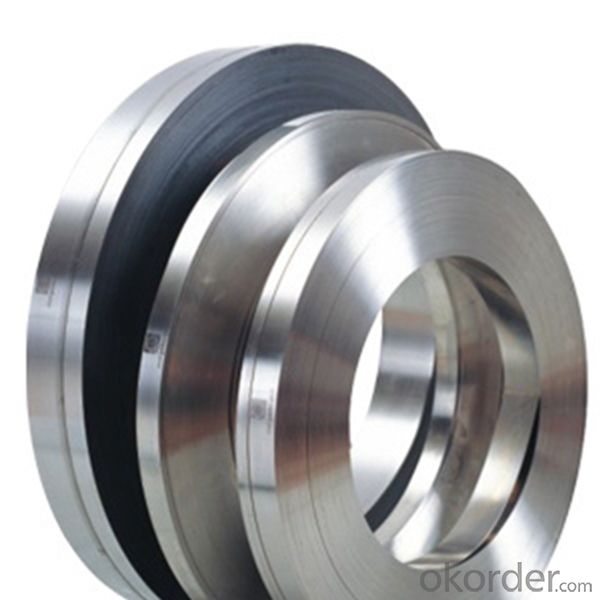
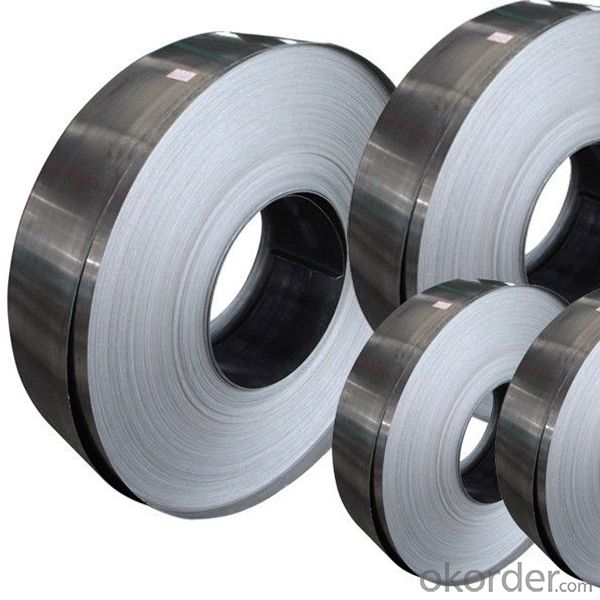
Application:
Boiler heat exchanger, machinery andpetroleum ,chemical industries, hardware fields,Food industry,construction material,kitchen utensils, building construction, medical equipment,chemical tank, pipe etc
FAQ
Q: How long is the delivery time?
A: Normally 30-40 days, but mostly according to the specific requirements or the quantity
Q: Could you send me sample?
A: We can supply you with the sample for free, but the delivery charges will be covered by customers.
- Q: How do you prevent distortion when welding stainless steel sheets?
- To prevent distortion when welding stainless steel sheets, one must ensure proper heat control and minimize the amount of heat input. This can be achieved by using a lower welding current and speed, employing a proper welding technique, and utilizing preheating or post-welding heat treatment methods if necessary. Additionally, using clamps or fixtures to hold the sheets in place during welding and distributing the heat evenly across the joint can also help prevent distortion.
- Q: Are stainless steel sheets resistant to impact?
- Stainless steel sheets possess a general resistance to impact. Renowned for their robustness and durability, stainless steel is capable of enduring substantial force without deformation or fracture. This quality renders stainless steel sheets highly sought after in the construction, automotive, and aerospace sectors, where impact resistance is imperative. Moreover, the impact resistance of stainless steel sheets can be augmented by subjecting them to additional hardening or tempering processes, tailored to meet the precise demands of the application at hand.
- Q: Can stainless steel sheets be used for decorative screens?
- Definitely! Decorative screens can be made using stainless steel sheets. Stainless steel is a highly flexible material, often chosen for its pleasing appearance and long-lasting nature. It can be effortlessly molded into different patterns, making it perfect for crafting decorative screens. Moreover, stainless steel is resistant to rust and can endure extreme weather conditions, making it suitable for both indoor and outdoor purposes. Its smooth and contemporary look enhances any area, making stainless steel sheets a favored option for decorative screens in homes and businesses alike.
- Q: Can stainless steel sheets be used in food processing industries?
- Stainless steel sheets find extensive use in the food processing industry due to their versatility. They possess exceptional resistance against corrosion, rendering them perfect for environments involved in food processing, storage, or handling. Moreover, their hygienic nature facilitates easy cleaning and prevents any unwanted reactions with the food, ensuring the preservation of its quality and safety. These sheets are employed for crafting an array of food-oriented surfaces, including preparation areas, workstations, counters, sinks, shelves, storage tanks, as well as essential equipment like mixers, conveyors, and ovens. Furthermore, their durability and ability to withstand high temperatures make them an excellent choice for a broad spectrum of food processing operations.
- Q: Can stainless steel sheets be used for railway station facades?
- Railway station facades can indeed utilize stainless steel sheets. These sheets are made from a resilient and corrosion-resistant material, capable of enduring severe weather conditions. As a result, they are well-suited for outdoor applications. Moreover, stainless steel boasts an appealing and contemporary look, making it highly favored in architectural design. Its ease of cleaning and maintenance is also noteworthy, particularly in heavily trafficked zones such as railway stations. All in all, stainless steel sheets prove to be a fitting and pragmatic choice for railway station facades.
- Q: What are the bending limits of stainless steel sheets?
- The bending limits of stainless steel sheets depend on several factors such as the grade of stainless steel, thickness of the sheet, and the specific type of bending process being used. Stainless steel sheets are known for their excellent strength and durability, which allows them to be bent to a certain extent without breaking or cracking. In general, stainless steel sheets can be bent to a radius that is at least twice the thickness of the sheet. For example, if the sheet is 1mm thick, it can typically be bent to a minimum radius of 2mm. However, it is important to note that this is just a general guideline and the actual bending limits may vary depending on the specific grade of stainless steel. Certain grades of stainless steel, such as 304 and 316, have higher yield strengths and are more resistant to deformation, making them suitable for more severe bending applications. Thicker sheets also have higher bending limits compared to thinner ones, as they have more material to withstand the bending forces. It is also worth mentioning that the type of bending process used can affect the bending limits of stainless steel sheets. Processes like press brake bending and roll bending are commonly used for bending stainless steel sheets. These processes utilize different techniques and equipment, which can result in varying bending limits. To determine the exact bending limits for a specific grade and thickness of stainless steel sheet, it is best to consult the manufacturer's specifications or seek guidance from a professional metal fabricator. They can provide accurate information and guidance on the bending capabilities of stainless steel sheets for your specific application.
- Q: Are stainless steel sheets suitable for architectural facades?
- Yes, stainless steel sheets are highly suitable for architectural facades. Stainless steel is a versatile and durable material that offers several advantages when used in architectural applications. One of the main reasons stainless steel sheets are suitable for facades is their aesthetic appeal. Stainless steel has a sleek and modern look that can enhance the overall appearance of a building. It can be finished in various ways, such as brushed, mirrored, or patterned, allowing architects to achieve the desired design aesthetic. In addition to its visual appeal, stainless steel is also highly resistant to corrosion. This makes it ideal for outdoor applications, as it can withstand exposure to harsh weather conditions, pollution, and other environmental factors without deteriorating. Stainless steel's corrosion resistance also means that it requires minimal maintenance, reducing long-term costs and efforts associated with facade upkeep. Another advantage of stainless steel sheets for architectural facades is their strength and durability. Stainless steel is a strong material that can withstand impact, making it suitable for high-traffic areas or buildings located in areas prone to severe weather events. It is also resistant to staining, scratching, and fading, ensuring that the facade remains attractive and intact for an extended period. Additionally, stainless steel is a sustainable material choice for architectural facades. It is 100% recyclable and can be reused without losing its properties, making it an environmentally friendly option. Stainless steel's longevity also contributes to sustainability, as it reduces the need for frequent replacements over time. Overall, stainless steel sheets are a highly suitable choice for architectural facades due to their aesthetic appeal, corrosion resistance, strength, durability, and sustainability. Whether used in modern or traditional designs, stainless steel can provide a long-lasting and visually pleasing solution for enhancing the exterior of buildings.
- Q: Can stainless steel sheets be used for stairs and railings?
- Yes, stainless steel sheets can be used for stairs and railings. Stainless steel is a versatile and durable material that is often used in architectural and interior design applications. It is resistant to corrosion, which makes it suitable for outdoor use and areas with high humidity or exposure to chemicals. Stainless steel sheets can be fabricated into various shapes and sizes, making them ideal for constructing stairs and railings with a sleek and modern look. Additionally, stainless steel is easy to clean and maintain, making it a practical choice for areas with high traffic or public spaces.
- Q: What is the abrasion resistance of stainless steel sheets?
- The abrasion resistance of stainless steel sheets is generally considered to be high. Stainless steel is known for its durability and hardness, making it resistant to wear and tear caused by friction or contact with abrasive materials. The specific level of abrasion resistance can vary depending on the grade and finish of the stainless steel sheet, as well as the specific application it is being used for. However, in general, stainless steel sheets are known to have excellent resistance to scratches, scuffs, and other forms of abrasion, making them a popular choice for various industries where durability and longevity are important factors.
- Q: Can stainless steel sheets be used for medical instrument trays?
- Indeed, medical instrument trays can make use of stainless steel sheets. The medical industry frequently utilizes stainless steel because of its remarkable resistance to corrosion, durability, and ease of cleaning. Medical instrument trays serve the purpose of storing and arranging diverse medical instruments during procedures. Stainless steel sheets are well-suited for this task due to their non-reactive nature and ability to withstand frequent sterilization processes, such as autoclaving. Furthermore, stainless steel possesses a sleek surface that can withstand scratches and dents, ensuring that the trays remain hygienic and easy to clean. All in all, stainless steel sheets prove to be a dependable and appropriate material option for medical instrument trays.
Send your message to us
Hot Rolled Stainless Steel Coils 304,Stainless Steel Coils 304L from China
- Loading Port:
- China main port
- Payment Terms:
- TT OR LC
- Min Order Qty:
- 18 m.t.
- Supply Capability:
- 1000000 m.t./month
OKorder Service Pledge
OKorder Financial Service
Similar products
Hot products
Hot Searches
Related keywords
